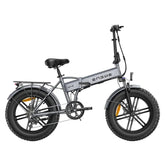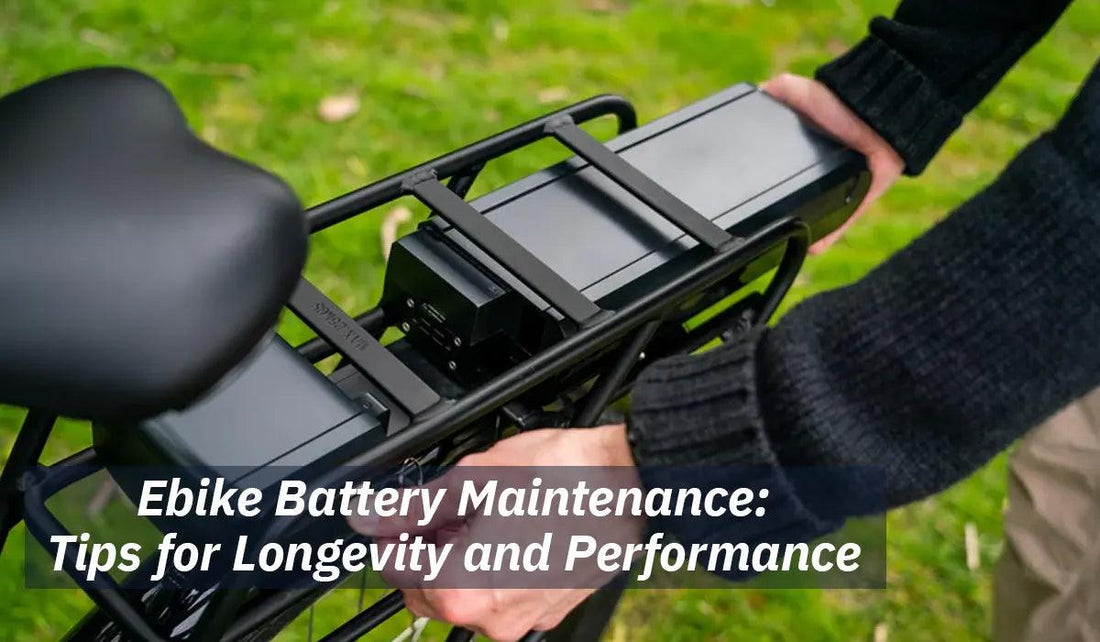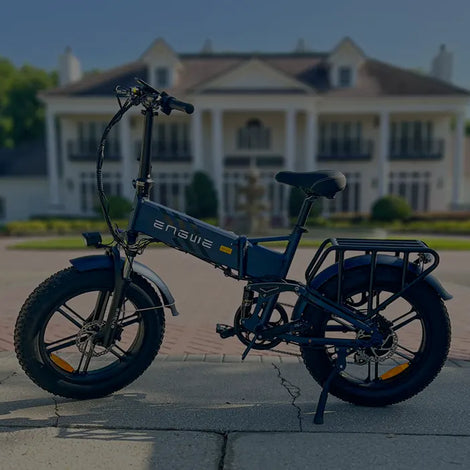In the ever-evolving landscape of electric transportation, the ebike stands as a beacon of sustainable mobility. As riders embrace the convenience and eco-friendliness of ebikes, ensuring the longevity and performance of their batteries through Ebike battery maintenance becomes paramount. In this comprehensive guide, we delve into the essential maintenance techniques necessary for maximizing your ebike battery's lifespan. From strategic charging practices to meticulous storage protocols, we unveil the strategies that will not only prolong your battery's longevity but also enhance your overall riding experience. Join us as we unlock the secrets to preserving power and optimizing performance in the realm of ebike ownership.
Optimal Charging Procedures
Transitioning to advanced charging protocols, it is imperative to consider the influence of temperature on battery health. Charging within a controlled indoor environment, ideally maintaining temperatures between 32 ° F–104 ° F (0 ° C–40 ° C), is paramount. Consequently, the removal of the battery from the ebike for indoor charging is advised, fostering an environment conducive to battery performance and longevity.
Strategic Storage Practices
Shifting focus to storage protocols, meticulous attention must be paid to environmental conditions. Storing the battery in a dry, climate-controlled indoor space within the temperature range of 32 ° F–104 ° F (0 ° C–40 ° C) is critical. Additionally, maintaining the battery charge between 75%–80% during prolonged periods of non-use and conducting regular monthly checks prevent depletion, thereby extending the battery's operational lifespan.
Managing Additional Batteries
Transitioning to the management of supplementary batteries, a proactive approach is essential for optimal performance and readiness. Charging the additional battery indoors within a controlled environment, coupled with maintaining its charge between 75%–80% during storage, is highly advisable. Periodic monitoring to prevent depletion further ensures the availability of fully functional backup batteries when needed.
Ensuring Safety and Compliance
Transitioning to safety and compliance considerations, strict adherence to industry standards is paramount. Certification standards such as UL 2849 mandate rigorous testing of ebike components, ensuring compliance with essential electrical and fire safety requirements. Consequently, adherence to these standards enhances consumer confidence and ensures product reliability, fostering a secure riding experience for users.
Mitigating Water Exposure Risks
Turning attention to water exposure risks, precautionary measures are necessary to prevent potential damage. While ebikes are designed to withstand water splashes in accordance with the IPX4 waterproof standard, submersion poses a significant threat. Therefore, refraining from using submerged ebikes or batteries is imperative to mitigate the risk of damage caused by water infiltration into electrical systems.
Addressing Temperature Extremes
Delving into temperature extremes, proactive measures are essential to preserve battery efficiency and performance. Bringing batteries indoors during extreme temperatures and avoiding prolonged exposure to hot car trunks are prudent steps to mitigate potential damage. Regular inspections of electrical contacts further ensure optimal performance and reliability, particularly in environments with varying temperature conditions.
Essential Battery Care Protocols
Transitioning to fundamental care protocols, adherence to established practices is crucial for maintaining battery health and functionality. Avoiding overnight charging and implementing regular cleaning and maintenance of electrical contacts are indispensable practices. Additionally, ensuring proper temperature management during storage and charging safeguards battery integrity and extends its operational life.
Understanding Temperature's Influence on Battery Performance
Exploring the influence of temperature on battery performance, a nuanced understanding is essential for effective management. Temperature fluctuations significantly impact battery performance, akin to the effects observed in smartphone batteries. Consequently, implementing proactive measures enables users to manage battery life effectively, ensuring sustained performance and reliability across varying environmental conditions.
By adopting these advanced charging and storage protocols, users can maximize the lifespan and performance of their ebike batteries, ensuring optimal performance through ebike battery maintenance. This not only enhances the overall riding experience but also safeguards their investment in ebike technology. For further insights on storage, charging, or safety considerations, users are encouraged to explore additional resources available within the industry.













